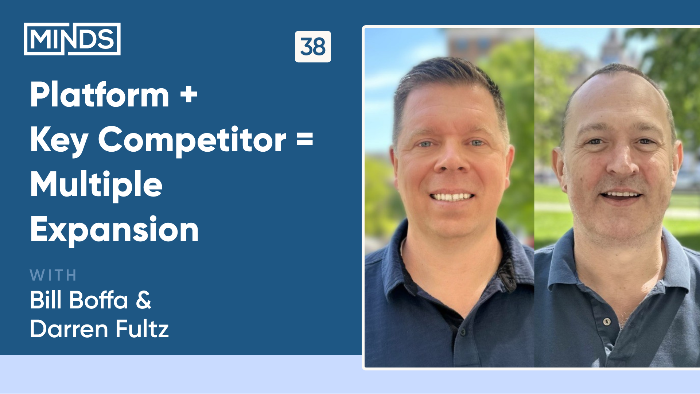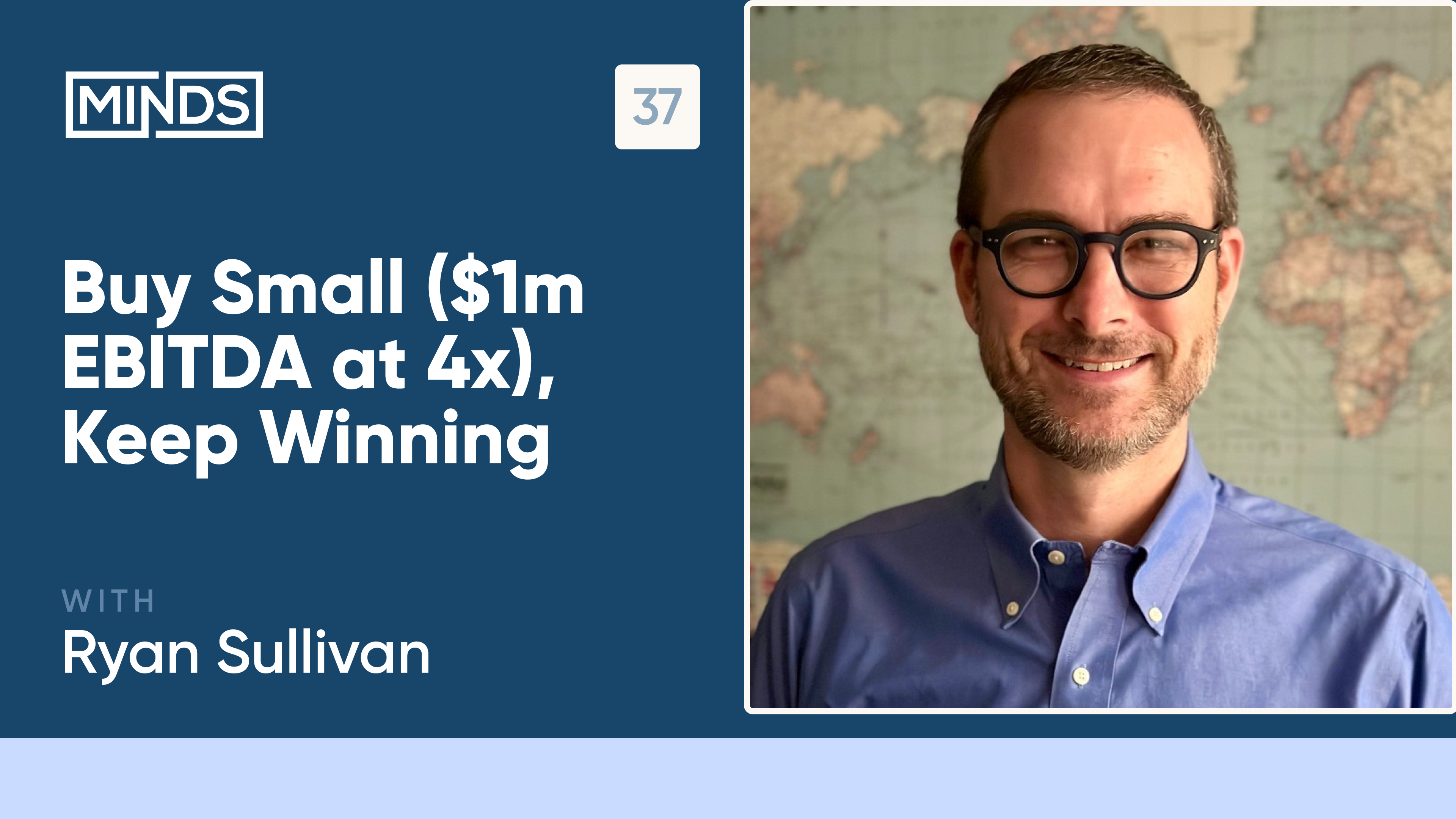The State of SaaS in 2025
Robert (“Bob”) Koven discusses his journey from a SaaS-focused independent sponsor to founding a 100-man strong investment bank on Wall Street. Suit & tie, Bob provides experience and nuance on the state of SaaS in 2025 as well as the evolution of our cherished independent sponsor space, which he has observed both from the driver seat (via his direct deals) and the banker perspective.

Robert Koven explains that SaaS in 2025 is mature, segmented, and unforgiving. The days of revenue at all costs are over. Profitability, efficient growth, and capital discipline have become prerequisites, not differentiators. “Multiples are tighter. The winners are the ones with retention, margin, and a clear vertical moat,” he notes. Buyers are dissecting unit economics early, and the bar for diligence has risen.

While private equity appetite for SaaS remains strong, the playbook has changed, especially as it now requires operating discipline. “You can’t just buy ARR and expect a win,” Bob says. “You need a plan for churn, pricing power, and visibility to real scale. Nine figures, not just eight.” Artificial intelligence is a new filter. Firms are increasingly distinguishing between platforms that embed AI and those architected around it. “If AI is just a feature, you’re replaceable. If it’s your foundation, you’re strategic.”
Bob’s own evolution, from independent sponsor to founder of a 100-person investment bank, parallels the maturation of the sponsor model. “Ten years ago, you had to explain what an independent sponsor was. Now, the good ones are institutional grade,” he says. Sponsors who have proven they can close are now credible in banker-run processes. “Track record beats firm size. Execution beats introductions.”

Still, the model is shifting. Bob sees more hybrid approaches: sponsors building advisory capabilities, or bankers becoming principals. “The line is blurring. The winners are building real platforms with deal teams, vertical expertise, and capital relationships.” Another way to signal credibility is to hire well-reputed vendors (accounting firm, legal representation, etc.).

Where the independent sponsor path was once defined by hustle, today it demands infrastructure. SaaS, too, rewards substance over story. As Bob puts it, “The opportunity is bigger. But the room is more crowded. You need more than conviction. You need the machine to back it up.”
Check today’s new episode of the Minds Capital Podcast.

Keep reading

33 PortCos in 6 Years
Robert Graham, based in Dallas, graduated from HBS in 2018 and acquired his first company the year after as a self-funded searcher using SBA7a financing. After a turbulent start, this healthcare platform exploded to $30m of EBITDA and now "hemorrhages cash." That early breakout win became the engine behind SIG Partners, recently named a Top 20 independent sponsor by Axial, which has since assembled an extraordinary 33 platforms in just 6 years.

Platform + Key Competitor = Multiple Expansion
Willistown Capital's journey offers a window into how independent sponsors can execute complex, high-stakes transactions with institutional precision. William Boffa and Darren Fultz walk through the anatomy of their award-winning related acquisitions of Quiltcraft and Fabtex. From stakeholder alignment to >$1m of legal fees, they detail their journey through complexity & risk to the promised land of "zone skipping."

Buy Small ($1m EBITDA at 4x), Keep Winning
Ryan Sullivan's fully-baked & winning concept at North Park Group: buy $1m EBITDA firms at 4x, add the real estate, finance half with SBA debt, and never sell. Voila, today they have 5 operating companies, 6 acquisitions, 25% annual returns, and an investor waitlist.

